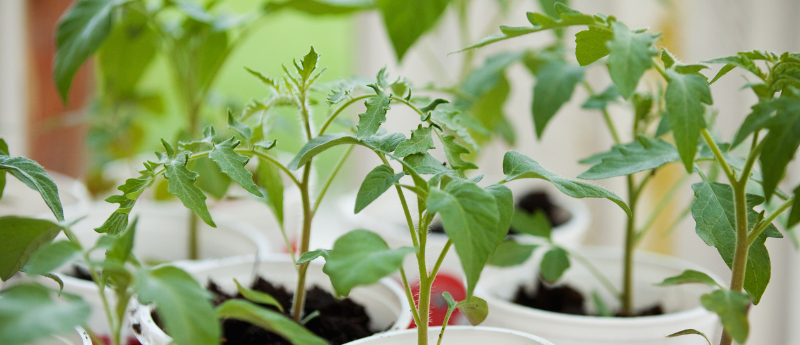
BioTechniques News
Tristan Free

In a world first, scientists have recorded plants releasing ultrasound when under stress.
Whilst the old thought experiment remains unsolved, scientists from Tel Aviv University (Israel) have determined that plants do, under certain stimuli, make sounds all on their own. This ground-breaking discovery builds on previous findings that when under stress from external pressures plants can alter their shape and color. It has also been previously reported that plants also emit different chemicals when under threat. The chemicals, when released in the soil, can affect neighboring plants, which exhibit defensive behaviors against drought or consumption by animals. These latest findings shed more light on how the plant world can communicate in ways that humans find imperceptible.
The team, led by Lilach Hadany, first recorded the plants in an acoustic box to isolate any potential noises created by the plants from background sources. Tomato and tobacco plants were the primary focus of the study. To mimic a stressful environment, plants were either left unwatered for five days prior to recording or had their stems freshly cut. Microphones designed to detect and record ultrasonic waves were placed approximately 10cm away from the subject plant.
Three controls were devised for the experiment. First, a self control, recording the same plant in a neutral, stress-free environment. Second, a ‘neighbor control’, which involved focusing the microphones on an unaffected plant in the same box. Third, a negative control that comprised an empty pot filled with soil.
The microphones detected that not only dry or cut plants make noise but unaffected plants also generate sounds. Across the board, the plants emitted ultrasound radiation, typically in the region of 40-80kHz. This is well beyond the limit of human hearing, which has an upper limit of around 16kHz for adults. The unstressed plants typically emitted fewer than one sound per hour, whereas the stressed plants emitted upwards of 25 times per hour.
 Getting to the root of drought-resistant wheat
Getting to the root of drought-resistant wheat
Scientists identify genes affecting root length that could make it easier to breed drought-resistant wheat.
Recorded sounds were fed into a machine-learning algorithm, which was able to differentiate the sounds made by different plants in different conditions (dehydrated or damaged), with considerable accuracy. Even more impressively, the AI system was able to identify plant sounds when the experiment was repeated in a greenhouse setting with lots of background noise.
Explaining the significance of the results, Hadany noted that plants, “ usually emit sounds when they are under stress, and that each plant and each type of stress is associated with a specific, identifiable sound.”
Going further, Hadany postulated how these sounds could impact the immediate environment around the plant. “Our findings suggest that the world around us is full of plant sounds, and that these sounds contain information… We assume that in nature the sounds emitted by plants are detected by creatures nearby, such as bats, rodents, various insects, and possibly other plants.”
These findings open the door to the potential existence of sonic communication between plants. In previous studies, plants have exhibited physical alterations in response to sounds. Can other plants understand these ultrasonic distress signals? And how do animals capable of detecting these high frequencies interpret them?
Whilst these questions will remain a mystery, for now, perhaps the next time you find yourself amongst nature you should pause a moment to ponder the silent cacophony going on around you. Who knows? You might just hear something.
The post When a tree is stressed in the forest, does it make a sound? appeared first on BioTechniques.
Full BioTechniques Article here
Powered by WPeMatico
